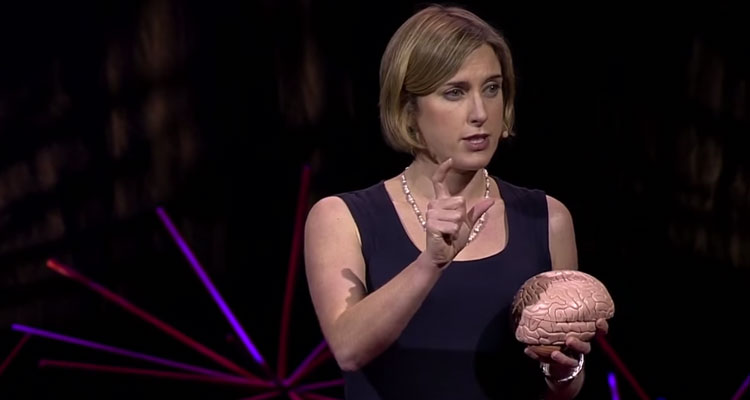Moody, impulsive, and not so great at decision-making. Every parent of a teenager probably sees these typical adolescent traits at least some of the time. But why are teenagers prone to these kinds of behaviors, even those who on the outside look so grown-up? The answer lies in the brain, specifically, the prefrontal cortex.
As cognitive neuroscientist Sarah-Jayne Blakemore explains in this TED Ed lesson, until fairly recently it was believed that most brain development took place during the first few years of life. However, in the last decade or so, researchers have found that the brain continues to develop throughout adolescence—even into the 20s and 30s—and the prefrontal cortex area of the brain changes most dramatically during these years.
This area of the brain is quite large, and is involved in a range of important activities such as planning, decision-making, impulse control, and social interactions. Research shows that the prefrontal cortex goes through significant changes in both structure and function in the years between puberty and adulthood. Not only does the brain itself change, with a peak and gradual decline of gray matter, there’s also a difference in the brain’s function when comparing brain activity of adults and adolescents during social interactions and other cognitive tasks.
Put simply, the teenage brain is still very much a work in progress.
This lesson is a bit different from the TED Ed lessons we usually highlight, a little longer and without fun animation. But it’s well worth watching, especially if you’re a parent currently navigating the teenage years.
If you’re interested in learning more, explore the Dig Deeper section, including this article on the teenage brain from PBS, and this in-depth article form the National Institute for Mental Health.




































